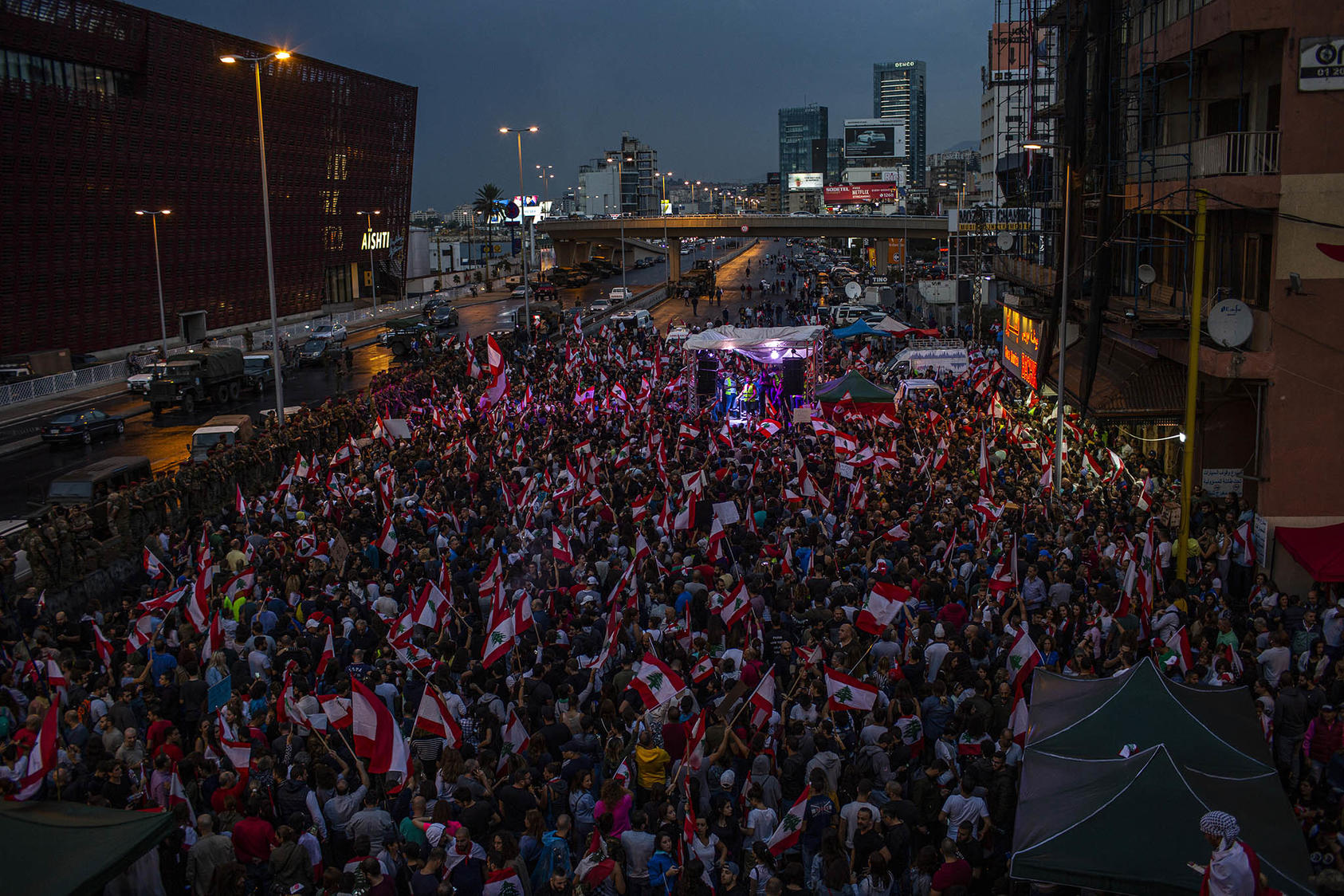By: Syed Fazl-e Haider
Introduction
The China-Pakistan Economic Corridor (CPEC), the central component of China’s Belt and Road Initiative (BRI) in South Asia, has been a source of significant attention and controversy (China Brief, January 12, 2018; China Brief, February 15). Parts of South Asia, the Middle East, Central Asia, and Europe, however, are also host to another ambitious infrastructure program: the “International North-South Transport Corridor” (INSTC), a transportation development plan first established in 2000 by Iran, Russia and India. The INSTC envisions a network to connect Indian Ocean and Persian Gulf ports and rail centers to the Caspian Sea, and then onwards through the Russian Federation to St. Petersburg and northern Europe. [1]
INSTC is the key to India’s strategic plans for regional political and economic connectivity—and in turn, India’s operational control over Iran’s southeastern port of Chabahar is key to India’s ambitions for the INSTC. Chabahar is strategically located as Iran’s largest port outside the Gulf, offering open access to the Indian Ocean. India’s role in Chabahar stands in competition with plans by the People’s Republic of China (PRC) to develop the port of Gwadar, just over 100 miles to the east in Pakistan’s southwest province of Balochistan. The competing plans for these ports on the Gulf of Oman highlight both the competition between CPEC and INSTC, and the broader geopolitical competition in South Asia between India and China.
The Importance of INSTC and the Chabahar Port for India…
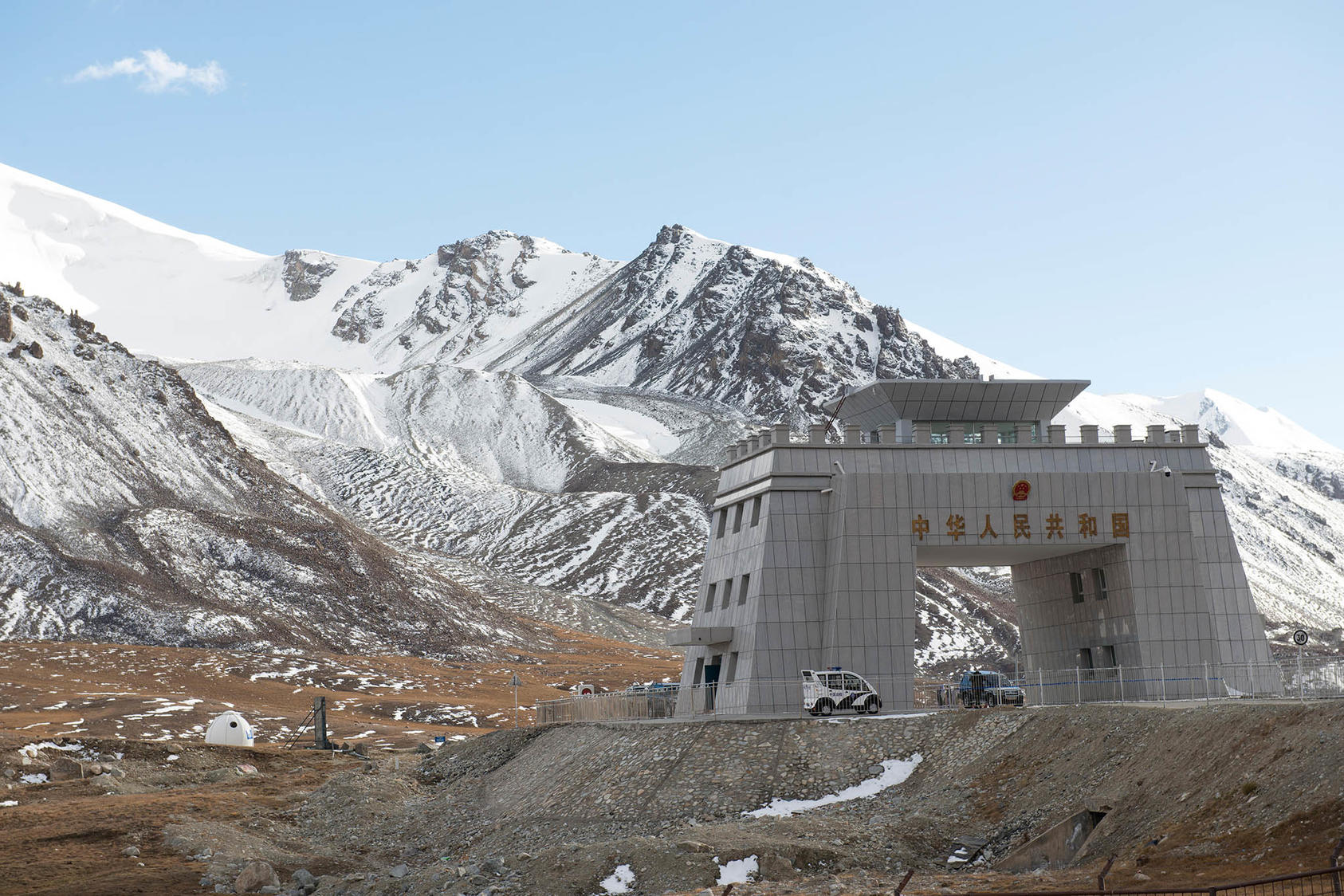
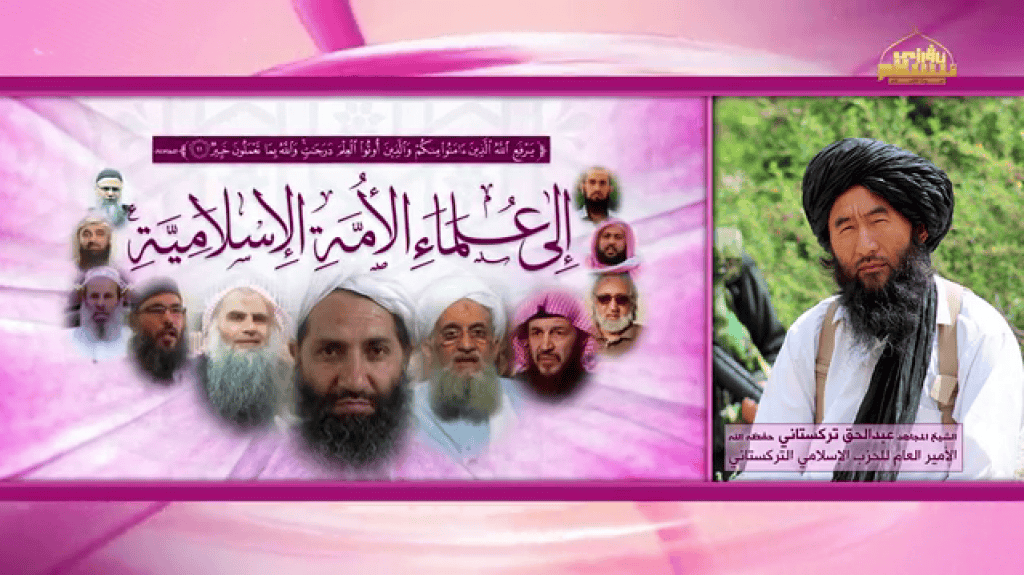

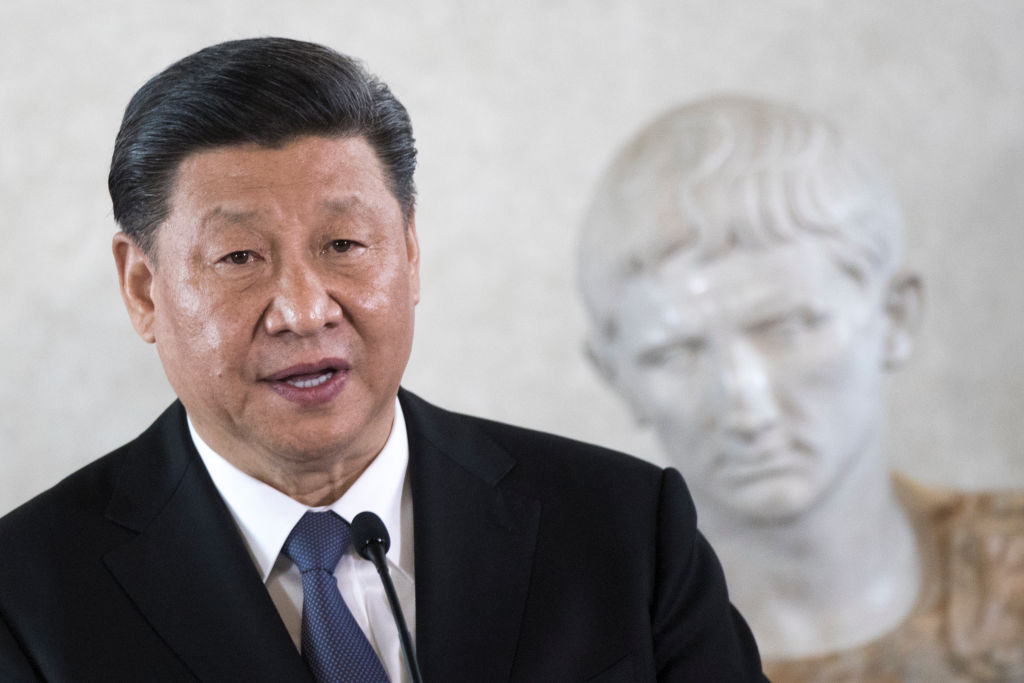
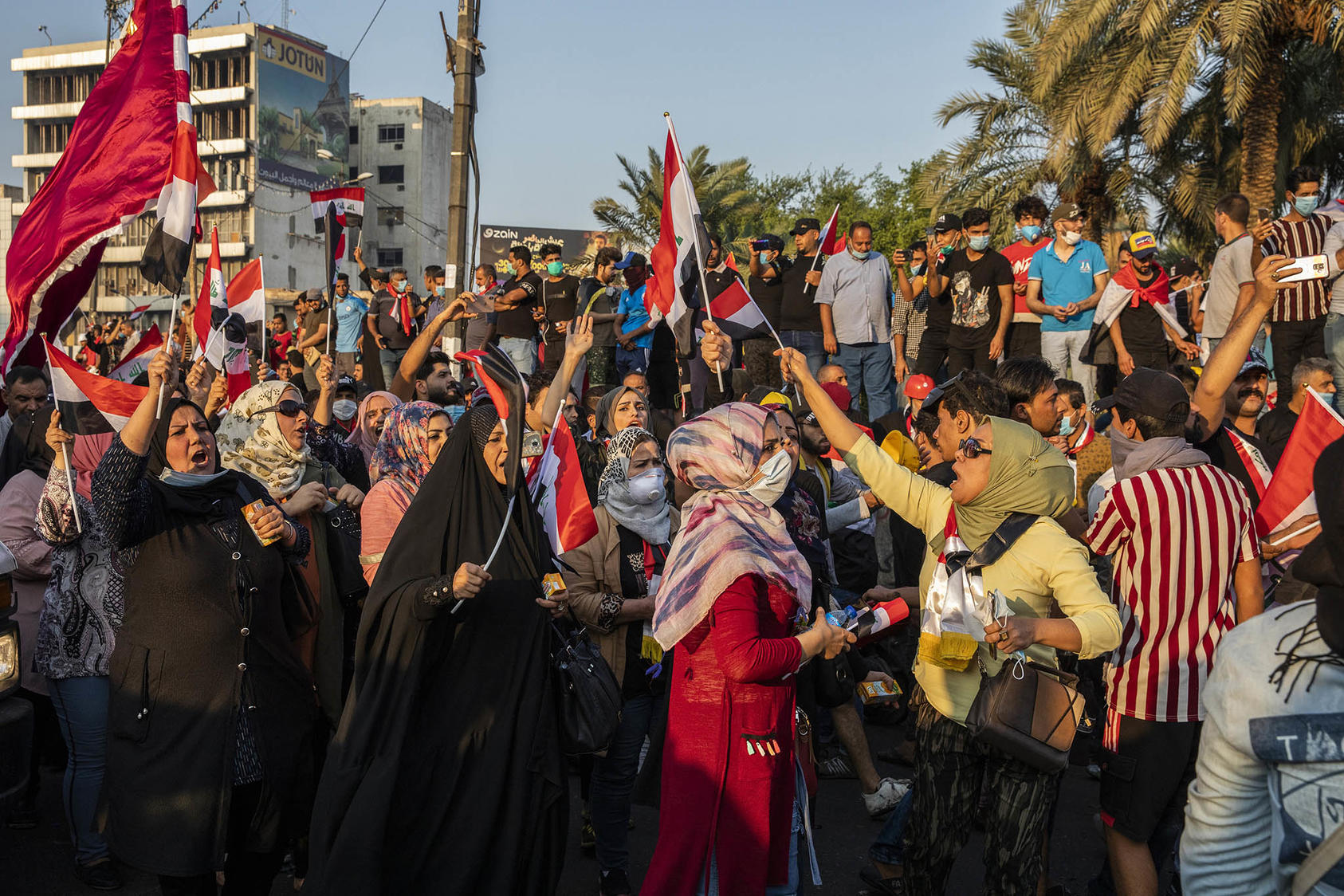


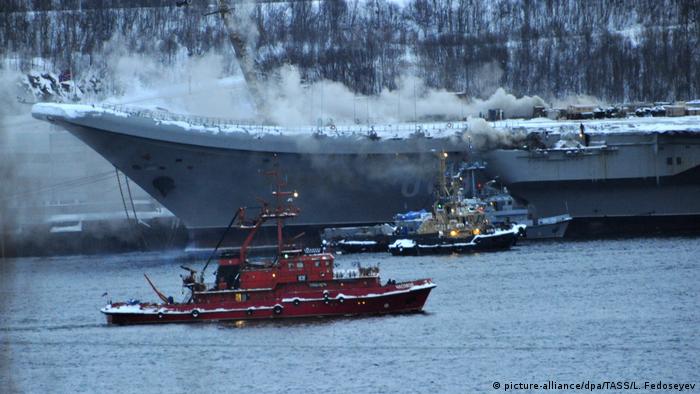
/arc-anglerfish-arc2-prod-mco.s3.amazonaws.com/public/HXCKUGNBSFF27H27NCZSSGBD74.jpg)

